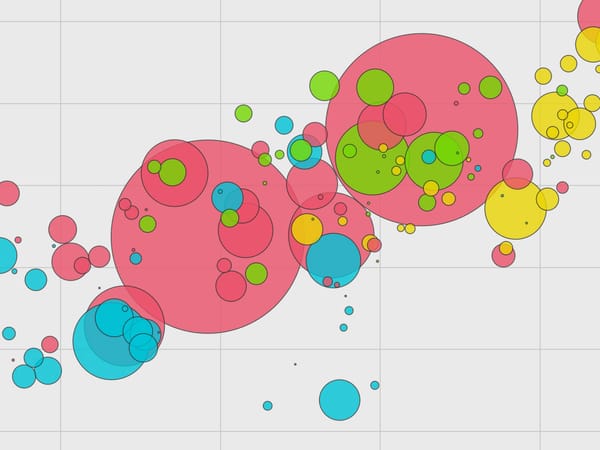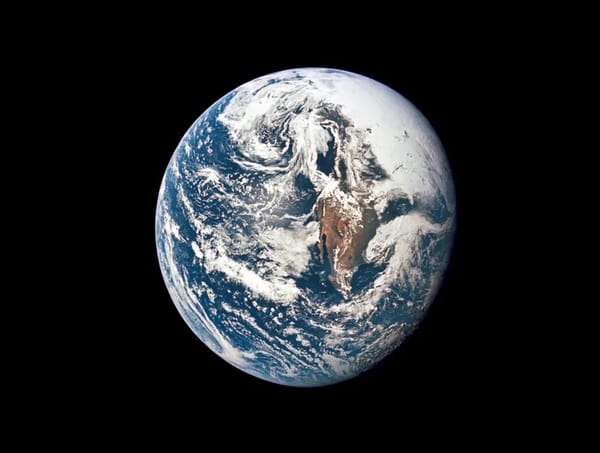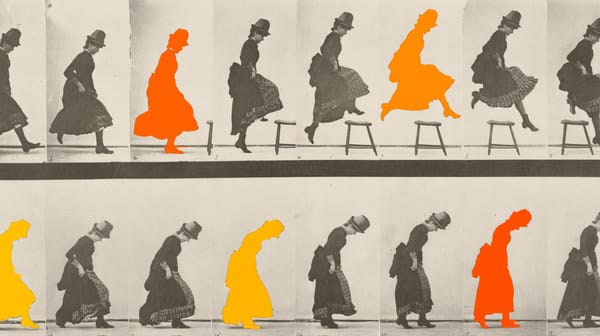After the Crypto Winter, Springtime
Where I’m looking in Web3 for culture, community, and collaboration
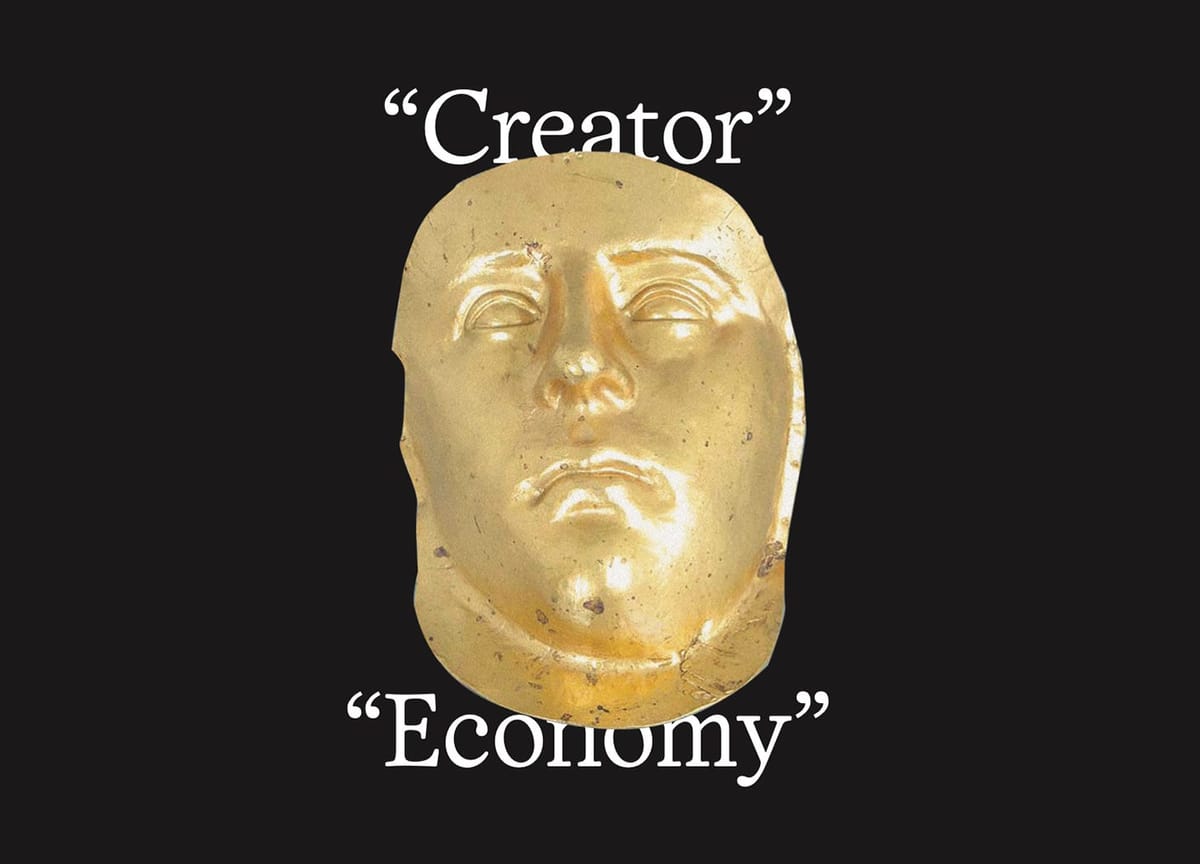
Hi everyone,
Let me lay it out clearly: my excitement about blockchain technologies is rooted in how they open new avenues for the production of culture, new methods for the creation and maintenance of communities, and new means by which decisions and governance happen. Sure, I watched with interest as the prices for Bitcoin and Ethereum skyrocketed in recent years. But the extreme financial speculation—especially around NFTs and “altcoins”—was disconcerting. Although it’s causing real pain, I believe the “crypto winter” is, ultimately, a healthy opportunity for recalibration. The fact that Ethereum successfully merged to proof-of-stake and mainstream attention has shifted to AI tools like ChatGPT also give me hope that the next green shoots surfacing from Web3 soil will have deeper roots.
Where do I look for that sense of pragmatic optimism? I recently read “After the Creator Economy,” a zine released by Metalabel that usefully defines terms and includes interviews with some of the people I trust most as guides to this emerging space. I need guides, because although I’m a technology enthusiast and early adopter who understands the principles of blockchains and decentralization, I can still find it hard to distinguish signal from noise.
So if you, like me, are curious about what a sustainable, creative, just, and inspiring Web3/DAO ecosystem might look like, below are a handful of organizations that I think are pointing the way. To be clear, it’s a very partial list and entirely biased by its reliance on the English language. And you can scroll to the bottom for some links to healthy skepticism I’ve also found thought-provoking.
What am I missing? Based on what’s below, where should I be looking and what should I be reading? Hit reply or find me on Twitter or Mastodon.
Love all ways,
Brian
Metalabel
I’ll start with Metalabel, whose publication prompted this line of thinking and which has been public for one year. Directed by Kickstarter co-founder Yancey Strickler and run with six others, Metalabel encourages “creativity in multiplayer mode.”
It considers itself a “release club” that, after a few months of throat-clearing essays, has begun making interesting “records”: not only After the Creator Economy, which comes in a collector’s printed edition with an accompanying NFT, but also a Discord bot that allows for tweeting in a collective voice. The group has also created an online magazine that features, among other things, mini profiles of peers and predecessors ranging from the Royal Society (founded 1660) to Dischord Records. That breadth bodes well for what “records” are to come.
Lastly, though it was published outside of Metalabel, I also appreciated Strickler’s articulation of “the onchain era” that will supersede crypto mania.
Other Internet
A “decentralized applied research organization,” Other Internet “studies and builds social technology.” As of this writing, it’s composed of sixteen people, nearly all of whom I’ve followed and admired individually. They band together, Voltron-like, to publish essays that seed the internet with useful terms (“squad wealth,” “lore”); meditate on crypto-protocol governance; and, every now and again, remind people to get outside and associate with neighbors.
Some of the Other Internet essays I’ve found most persuasive and eye-opening are Toby Shorin, Laura Lotti, and Sam Hart’s “Headless Brands” (2019) and “Positive Sum Worlds: Remaking Public Goods” (2021) and Kei Kreutler’s “Inventories, Not Identities” (2021).
As the group puts it, with a practicality that can feel rare, “We are committed to a better world, not to one way of getting there.”
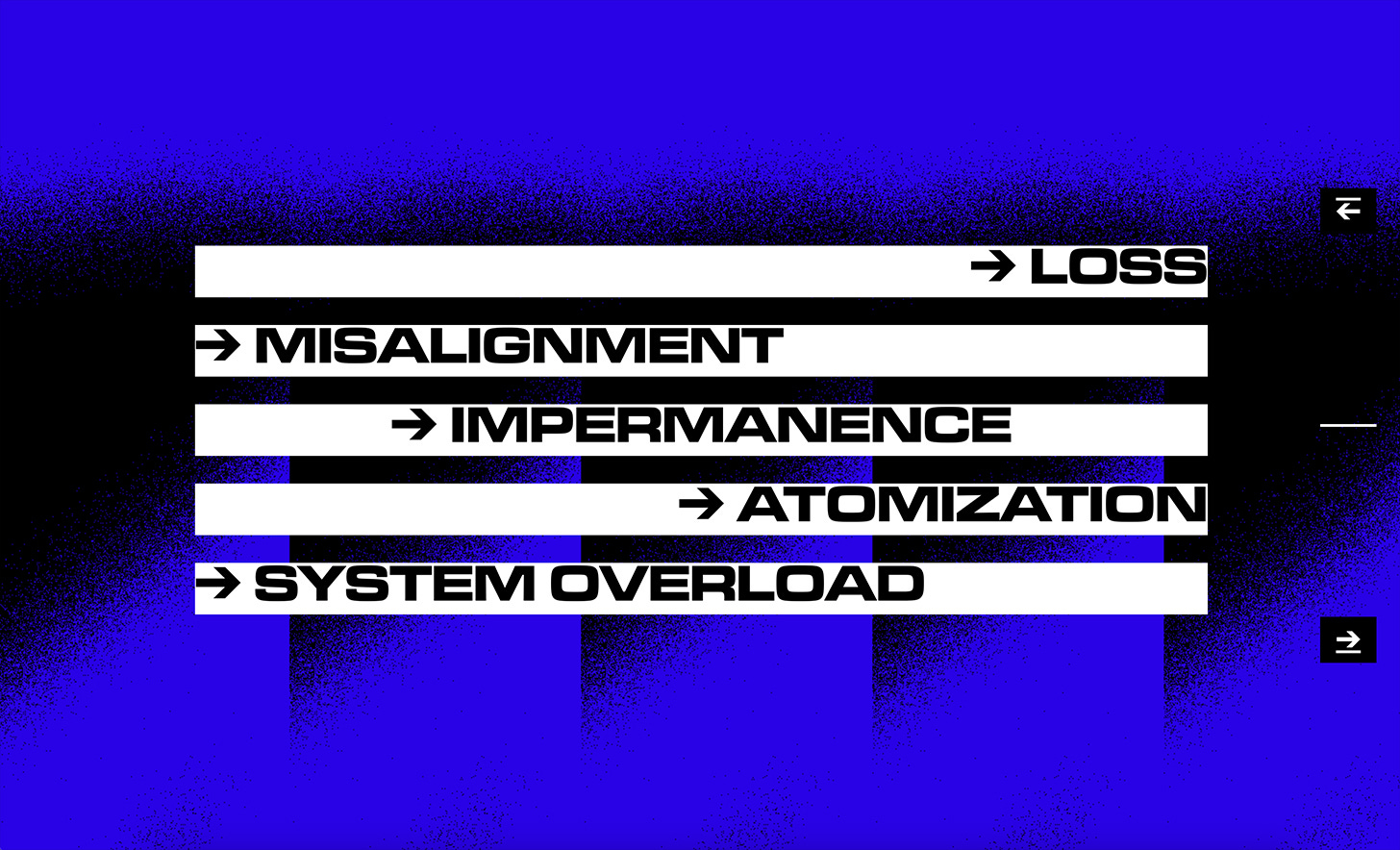
Radar
Billing itself as “the future of futures,” Radar draws on the experience of twenty core members committed to building “the first community-owned and -powered futures engine.” I enjoyed watching its first “futurethon” unfold on Discord, during which hundreds of people came together for a week of presentations, brainstorming, writing, and building. The prototypes garnering the most votes at week’s each received an unrestricted $5,000 grant, and the process also yielded a report titled “A Future In Sync.”
The group publishes regular dispatches summarizing the conversation in its Discord channels and updating the public on its activities.
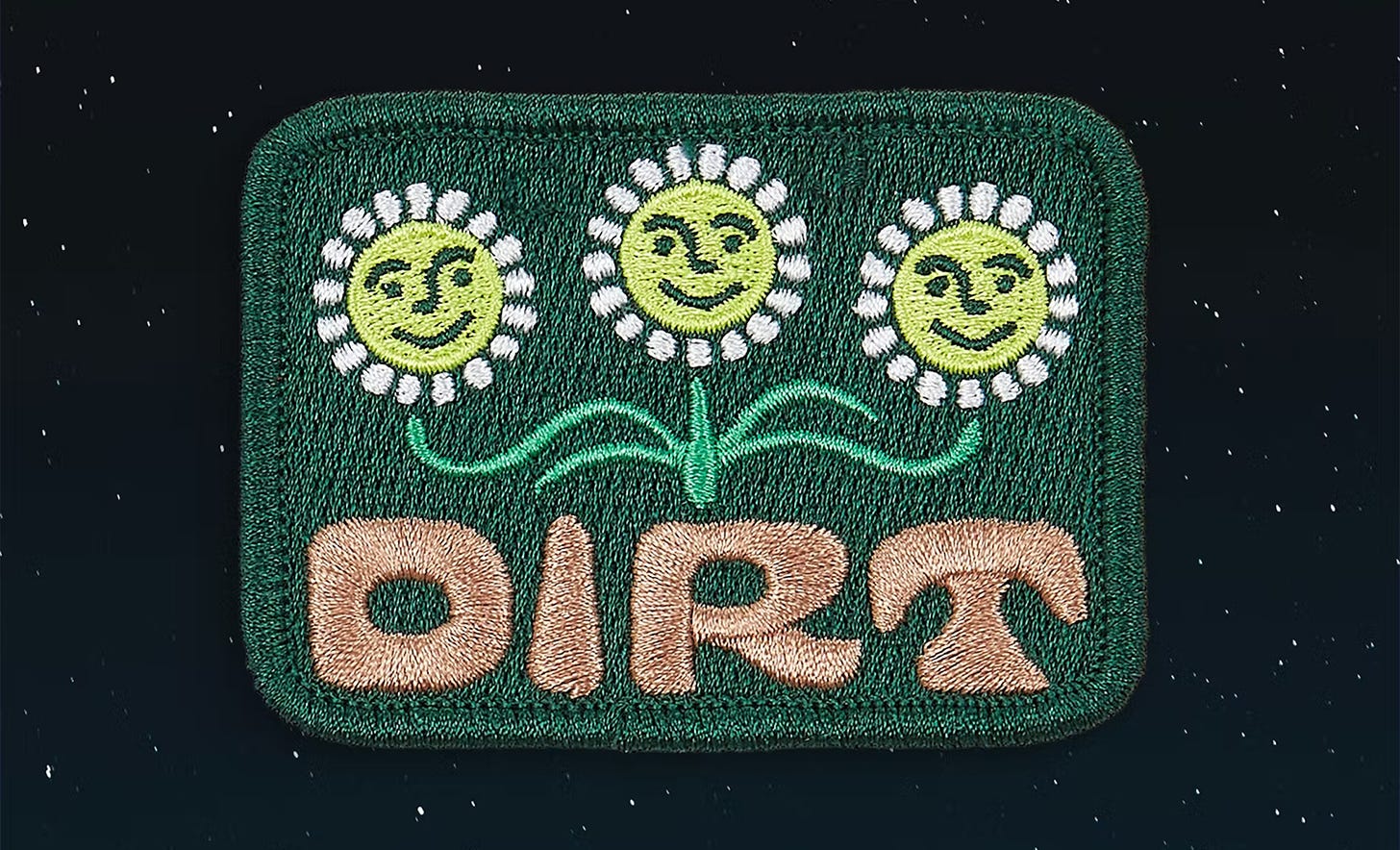
Dirt
A digital pop-culture newsletter founded by Kyle Chayka and Daisy Alioto, two talented writers who also have community-management experience, Dirt is an experiment in Web3 publishing. Its work is funded by sales of NFTs; subscription-only content is paywalled using a token gate rather than a conventional email-based login; there is an active community on Discord; and higher-level pass holders can vote on the topics of future articles. Its recent redesign by Brooklyn studio Fictive Kin has visually set it apart from the rest of the Web3 publishing landscape and now matches its smart and admirably broad subject matter. You can read pieces like “The GenX Guide to Web3” but also how a musician name-checks seven titles published by literary stalwart Farrar, Straus & Giroux.
Outland
I’ll be honest: my background in contemporary art means I have an insider’s bias against most NFT and other Web3 experiments centered on visual art. I’m looking for digital artworks that blend the rigor of the best Conceptual art with a medium-specificity and self-awareness that reveals to me something new about art-making. So far, that happens as often in contracts and distribution mechanisms as it does novel generative visuals. So I was pleased when, in 2021, Brian Droitcour, one of the best thinkers exploring the relationships between digital technology and art, announced he’d joined Outland as editor-in-chief. His writing has helped me parse phenomena I’m not close enough to understand fully, as in this piece on “an art world without institutions” or this review that touches on faith and scams. He’s also publishing insightful artist interviews and thoughtful guest pieces. I’m glad Outland is helping to bridge the gap between a world I love and one I’m excited about but sometimes still disoriented by—and producing artworks .
Water & Music
The parallels are not exact, but what Outland is doing for visual art, Water & Music is doing for music. Founder Cherie Hu, a writer, has created a massive resource for those navigating a creative industry with crumbling economic foundations. It includes well-written research projects and helpful databases, but also a thriving Discord community and live educational workshops. And its website contains a very helpful navigation item: “Start here.”
OK, a few more (aka Lightning Round)
Of all the creative platforms, I watch Mirror, for publishing, and Zora, for art, most closely. I’m enthusiastic about (and have participated in) Startupy, which is currently undergoing a name change and an exciting product refresh. I’ve been intrigued and impressed by NounsDAO’s “attempt to improve the formation of on-chain avatar communities.” And I’ve learned a lot from Trust’s programming, much of which is available on its website.
Good links
- 🗺️ I’m still new enough to the space that landscape-mapping projects, like Forefront’s tokenized-communities year in review, also serve me as helpful guides
- 🌏 From Tim O’Reilly, who coined the term Web 2.0: “Let’s focus on the parts of the Web3 vision that aren’t about easy riches, on solving hard problems in trust, identity, and decentralized finance. And above all, let’s focus on the interface between crypto and the real world.”
- 🌐 From Moxie Marlinspike, who founded Signal: " This might suggest that decentralization itself is not actually of immediate practical or pressing importance to the majority of people downstream …”
- 🎹 Lastly, for a change of pace: a beautiful short NPR segment on composer and musician Ryuichi Sakamoto featuring commentary by his collaborators (thanks, Kyle)


